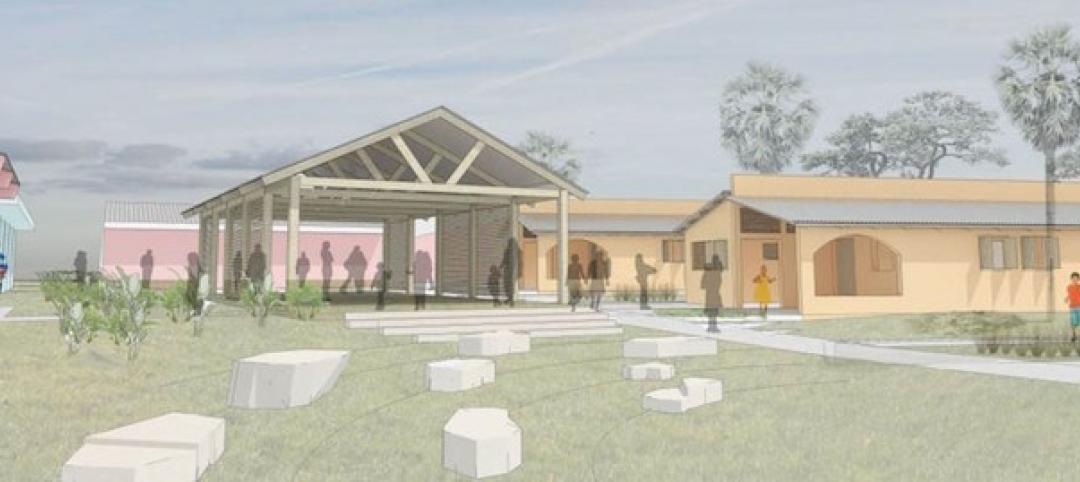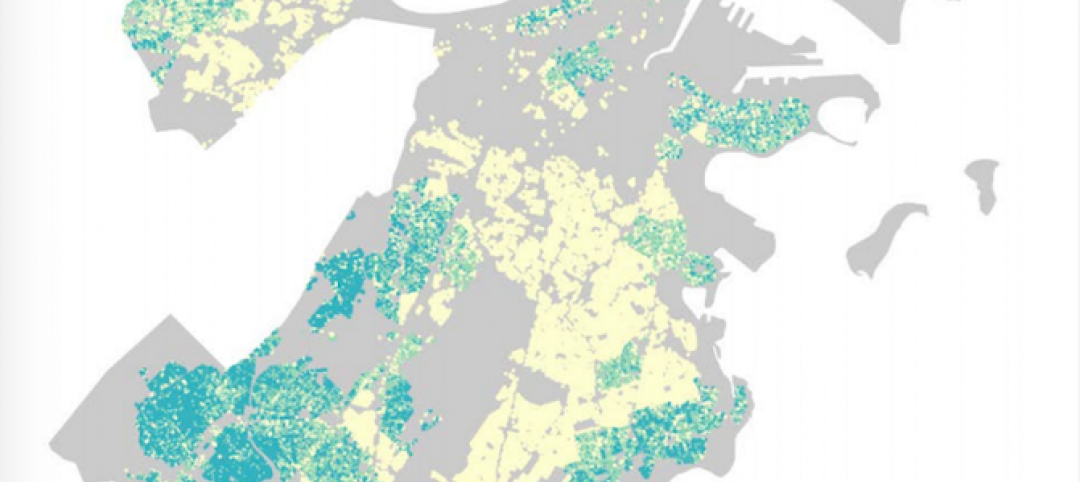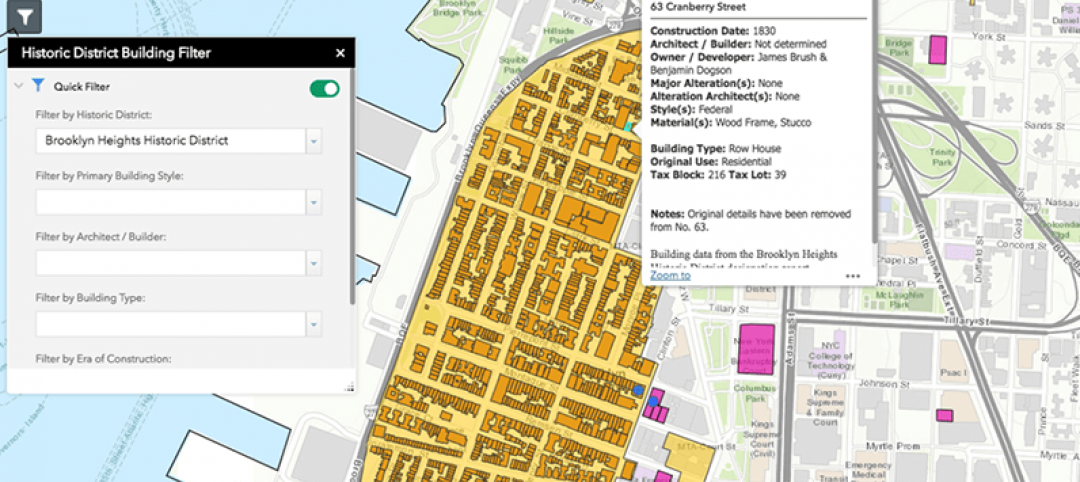As part of a push to retire the term “intern,” the Intern Development Program (IDP) will be renamed the Architectural Experience Program (AXP), effective June 29, 2016.
Developed by the National Council of Architectural Registration Boards (NCARB), the program is designed to guide aspiring architects through the early stages of their career so they can earn a license and practice architecture independently.
This decision was enacted by NCARB’s Board of Directors and is the result of over a year of research and outreach by various NCARB committees. Based on the recommendations of its Future Title Task Force, NCARB announced in May it would sunset the term “intern,” while preserving the title “architect” for licensed practitioners.
“Renaming the IDP is another step in realigning our programs to better reflect current practice and terminology,” said NCARB President Dennis Ward, AIA, NCARB. “For example, one firm may refer to a non-licensed employee as a ‘senior designer’ while another uses the title ‘project manager.’ Yet, neither is likely to introduce that individual to clients as an ‘intern.”
Since each state sets its own requirements for licensure, the program’s new name will carry an important caveat: “formerly known as the Intern Development Program, or IDP.” This language will accommodate existing laws or rules that refer to the program’s current name. Similarly, while NCARB will continue to refer to those working toward licensure as “aspiring architects” or “exam candidates,” licensing boards have the authority to prescribe their own terminology for unlicensed professionals.
The June launch of the new name will accompany the program’s realignment of experience areas. Over the next several months, NCARB will work with state licensing boards and the architectural community to implement these changes.
Click here for more information.
Related Stories
Architects | Jan 8, 2018
Catherine Selby joins Dattner Architects’ partners group
Selby joins Principals Paul Bauer AIA; Richard Dattner FAIA; Jeff Dugan AIA; Beth Greenberg AIA; Daniel Heuberger AIA, LEED AP; Kirsten Sibilia Assoc. AIA; William Stein FAIA; and John Woelfling AIA, LEED AP in leading the 115-person firm.
Big Data | Jan 5, 2018
In the age of data-driven design, has POE’s time finally come?
At a time when research- and data-based methods are playing a larger role in architecture, there remains a surprisingly scant amount of post-occupancy research. But that’s starting to change.
Multifamily Housing | Jan 4, 2018
Shigeru Ban’s mass timber tower in Vancouver gets city approval
The 232-foot-tall Terrace House luxury condo development will be the tallest hybrid wood structure in North America.
Architects | Jan 4, 2018
Integrated design for children and housing
Homelessness is an issue affecting millions around the globe.
Sponsored | | Jan 3, 2018
4 networking strategies to grow your business
Follow these networking strategies to grow your architectural business with the work that you want.
BD+C University Course | Jan 2, 2018
The art and science of rendering: Visualization that sells architecture [AIA course]
3D artist Ramy Hanna offers guidelines and tricks-of-the-trade to ensure that project artwork is a stunning depiction of the unbuilt space.
Green | Dec 22, 2017
Green builders can use ‘big data’ to make design decisions
More and more, green project teams are relying on publicly available “external datasets” to prioritize sustainable design decisions, says sustainability consultant Adele Houghton.
Reconstruction & Renovation | Dec 21, 2017
Interactive map includes detailed information on historic New York City buildings
The New York City Landmarks Preservation Commission launched a new, enhanced version of its interactive map, Discover NYC Landmarks.
High-rise Construction | Dec 20, 2017
Another record year for high-rise construction
More than 140 skyscrapers were completed across the globe this year, including 15 supertall towers.
Game Changers | Dec 20, 2017
Urban farms can help plant seeds for cities’ growth around them
Urban farms have been impacting cities’ agribusiness—and, on some cases, their redevelopment—for decades.
















